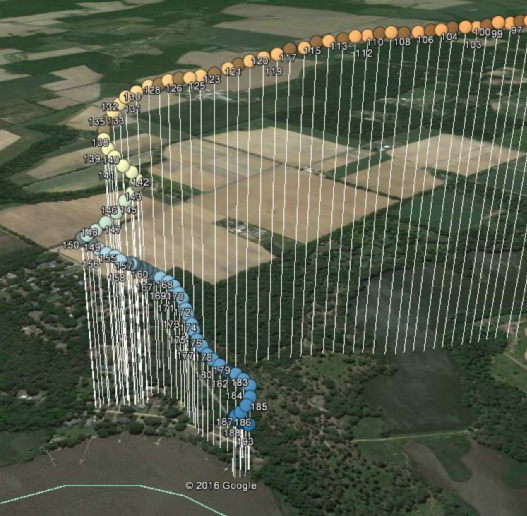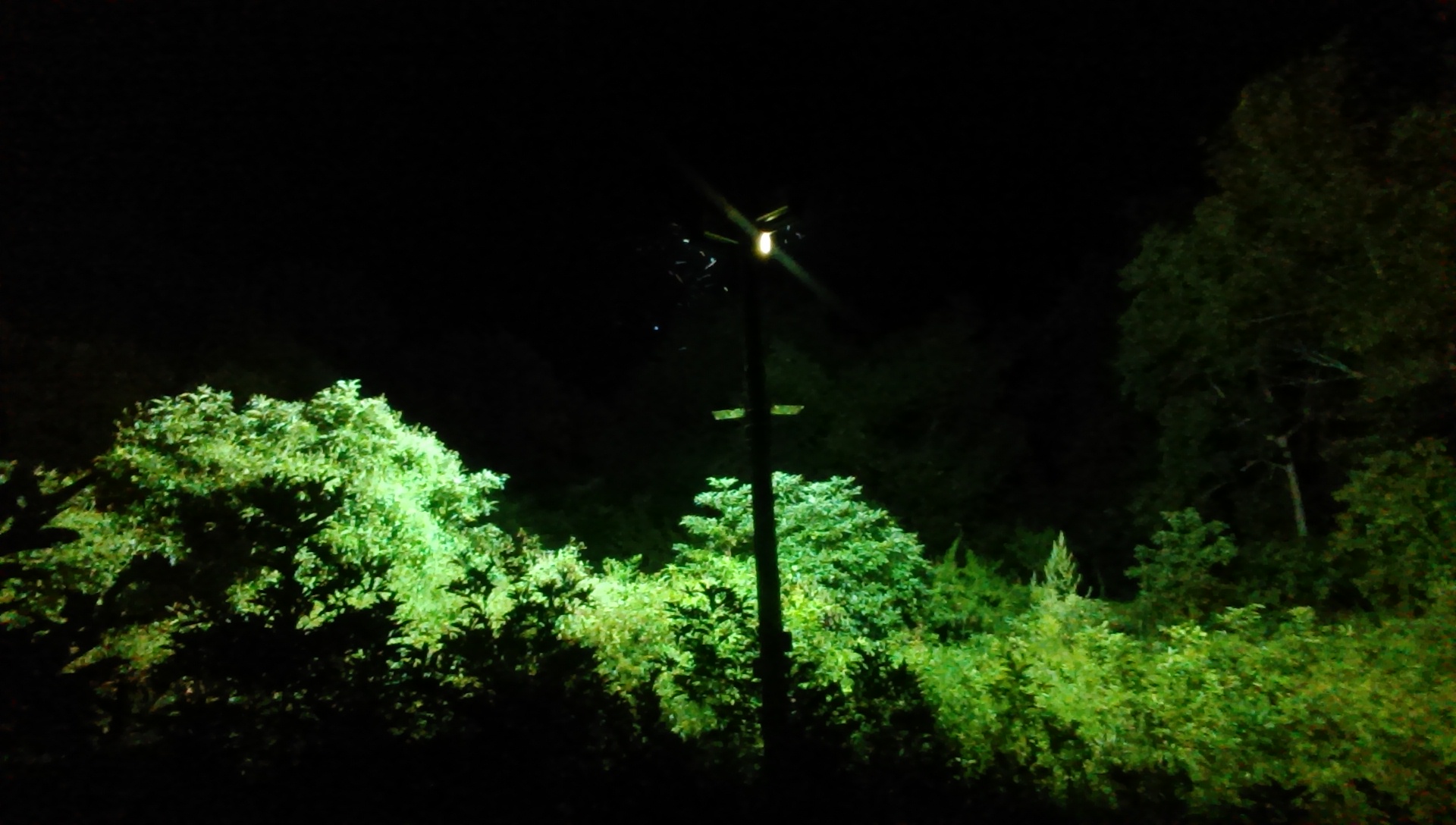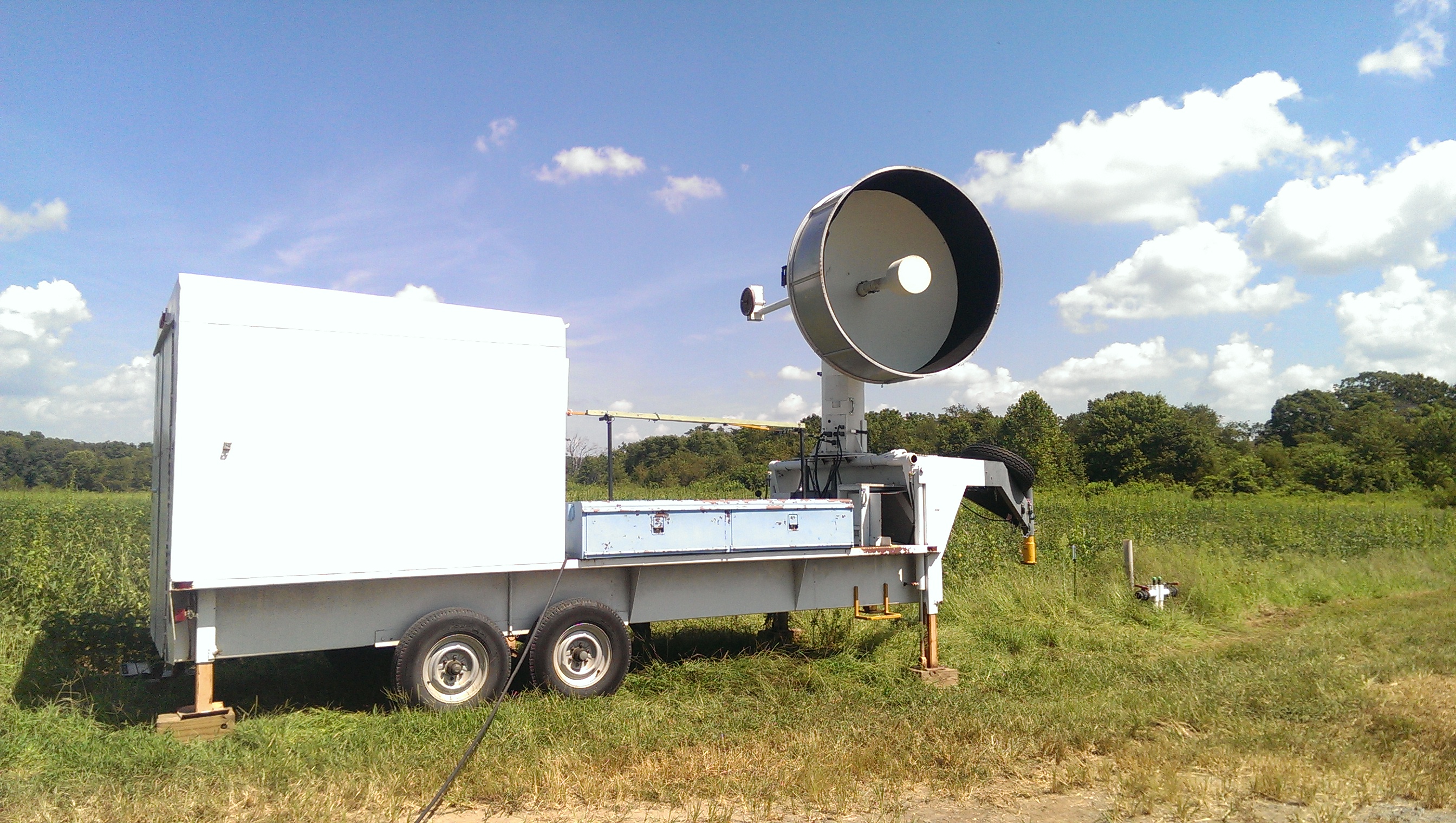About This Project
The flight behavior of birds migrating at night can be altered when exposed to lights shining towards the sky (e.g. spotlights). Is it the same with lights shining towards the ground (e.g. streetlights)? Migration is high-energy demanding, then any alteration to their flight behavior may reduce the chances of birds successfully reaching their destination. We will collect 3D trajectories of free-flying nocturnal migrants to analyze if they react to experimentally controlled street-like lights.
Ask the Scientists
Join The DiscussionWhat is the context of this research?
Every year, millions of nocturnally migrating birds traverse the continent back and forth, encountering different challenges along their routes. For example: light pollution. We know that flight behavior of nocturnal migrants can be altered when exposed to point-sources of light such as spotlights shining towards the sky, but we do not know whether streetlights have the same effect. Streetlights are the most common source of light pollution in urban areas, and these are widespread over migratory flyways. Considering that migration is a critical stage in the life of migrating birds, that it requires lots of energy, and that changes in flight behavior may increase the energetic cost of migration, we consider important to evaluate whether streetlights affect the flight of nocturnal migrants.
What is the significance of this project?
Migration is a high-energy demanding activity for birds. Any alteration to their normal flight behavior adds to the amount of energy required to reach their destination. Attraction to street lights may alter the direction, speed and/or altitude of flight, potentially compromising or delaying the migratory journey. The results of this work will contribute understanding the extent of the impact that the widespread artificial illumination in urban areas has on migratory birds. Furthermore, our results may have direct applications for the conservation of nocturnally migrating birds, contributing to define regulations for outdoor illumination practices, contributing to create a healthy landscape for birds to migrate through.
What are the goals of the project?
We want to assess whether street-like lights affect the flight behavior of nocturnally migrating birds. In order to do so, we installed experimental "streetlights" within a dark landscape of eastern Maryland, US, that we turned on and off for 3 and 5 consecutive days respectively during the Spring and Fall* migratory seasons of 2016, but we want to continue this effort into 2017. We are utilizing a tracking radar to study the response of free-flying migratory birds to our "lights-on" "lights-off" treatment, which will allow us assessing whether ground-based lights influence the flight characteristics of migrating birds.
*Fall 2016 monitoring season is ongoing through 30 October
Budget
This funding will allow hiring and housing a technician for two months, who will collect data with a tracking radar every night during the coming Spring 2017 migratory season. We already have the radar, the site, and the setup. We have already collected data for two seasons (Spring and Fall 2016) but we need more observations in order to get more robust results. For the coming seasons we won't be able to continue collecting data ourselves given the load of work, that's why we're looking for your support.
This is a component of a larger research project, in which we will also analyze bird banding data (kindly shared by long-time running bird banding stations), acoustic recordings (now in collaboration with a team from the University of Windsor in Canada), and thermal camera imaging. All these methods combined will "shed light" on the impact that ground-based artificial lights have on nocturnal bird migration.
Join us in this collaborative effort!
Endorsed by
Meet the Team
Sergio A. Cabrera-Cruz
Currently I'm a PhD student at the University of Delaware working under the direction of Dr. Jeffrey Buler in his Aeroecology Lab (http://sites.udel.edu/aeroecol...). Before starting my PhD studies I spent 7 years monitoring the impact of wind farms on bird migration in southern Mexico, mainly using a marine radar but also other techniques. I think that such experience rubbed off on me the importance of knowing and evaluating the impact that our activities have on the environment. That's why I started working on this project, which combines well my past experience with the expertise of Dr. Buler.
Jeffrey Buler, Ph.D.
I have a M.S. degree in wildlife from Louisiana State University and a Ph.D. in biology from the University of Southern Mississippi. I am one of a handful of biologists in the United States actively using the national network of weather surveillance radars to study the distribution, movement, and habitat use patterns of migratory birds.
To me, the long-distance migrations of billions of birds across the planet every year is one of the most spectacular biological phenomena in nature. We often witness it in our daily lives; seeing flocks of geese flying overhead or the juncos appearing at our backyard bird feeders during the winter. We are an integral part of nature and as good stewards of the environment we should strive to maintain the health of our ecosystems for which birds are an important indicator. This is why I have devoted my life to understanding and protecting nature.
Additional Information



Project Backers
- 13Backers
- 114%Funded
- $5,711Total Donations
- $439.31Average Donation


